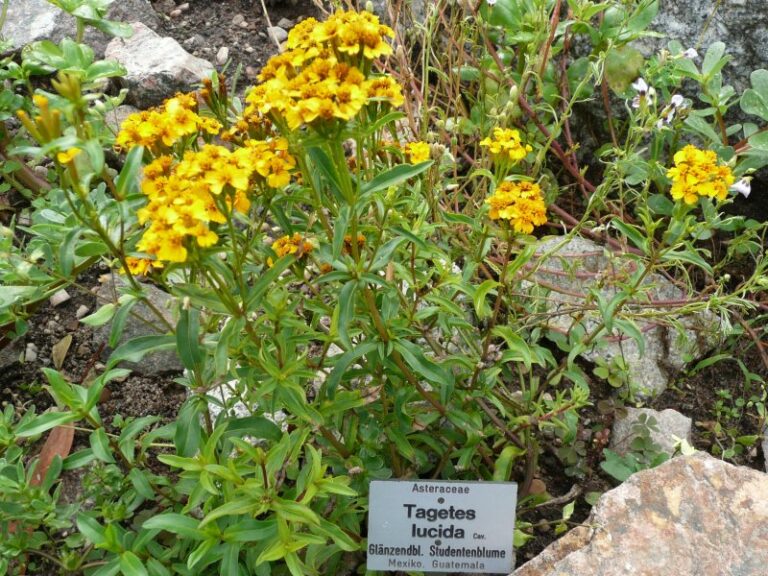
Herbs can spice up recipes and provide essential vitamins, minerals and even medicines. Our guide contains helpful growing instructions for almost 50 varieties that you can grow both outside and indoors.

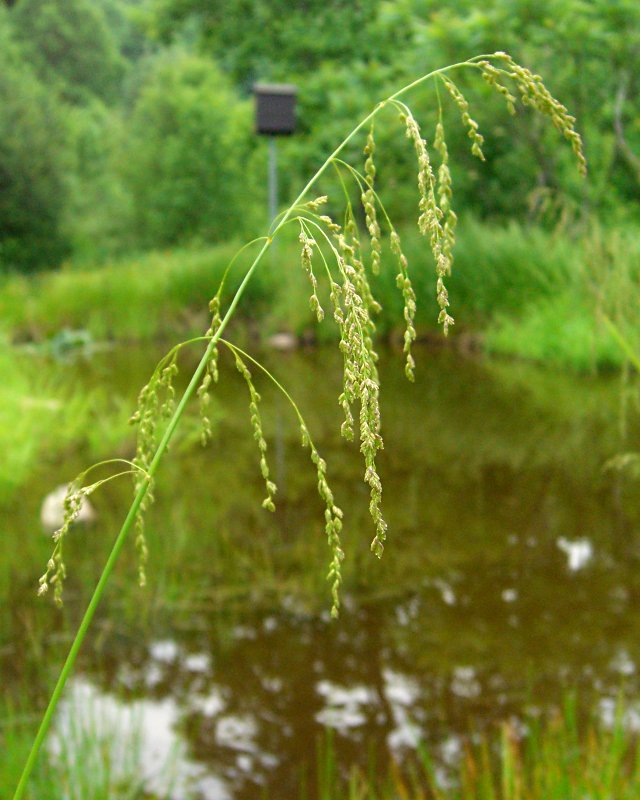
Sweetgrass is a perennial plant native to the Northern Hemisphere that grows up to 2 feet (0.61 m) tall and produces small flowers in the summer. You can also burn sweetgrass as incense or weave it into baskets.
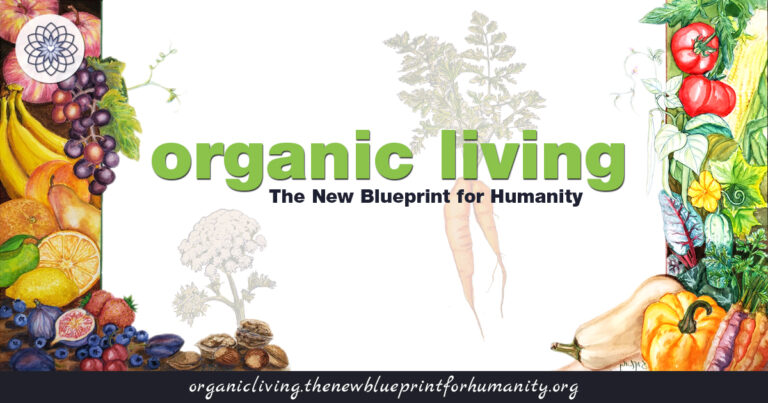
A perennial herb, with a growing season from late spring to early fall.Called Artemisia dracunculus, it’s part of the Asteraceae family ( whichincludes lettuce,sunflowers, and artichokes). Tarragon has an anise-licorice flavor that is indispensable to manyFrench and English recipes. It can grow to a height of about 2 – l/2 feet. The plant produces a droopinghead at the end of the stem which contains up to 40 yellow-green florets. French leaves are smoother,glossier, darker and more pungent and aromatic than those of the Russian plants. It requires delicatecare throughout the planting and growing process. Another name is called Estragon
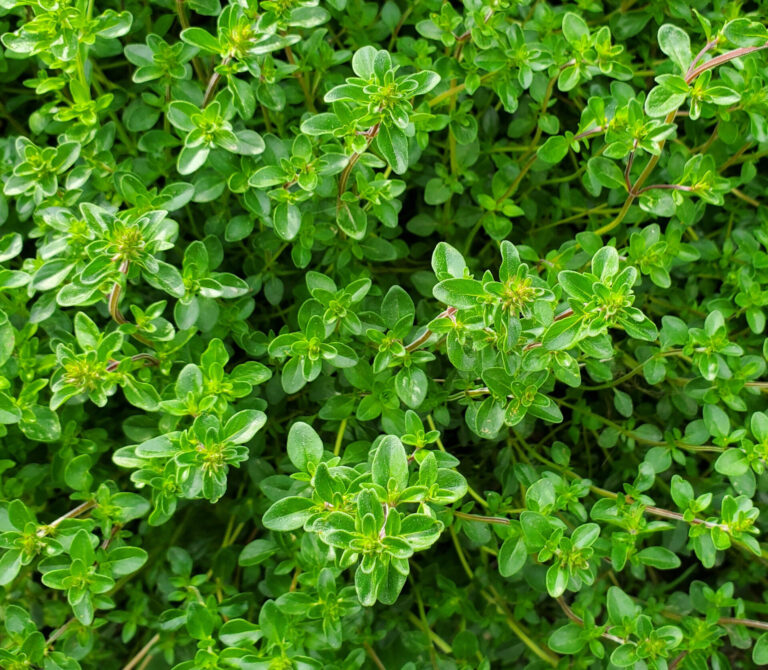
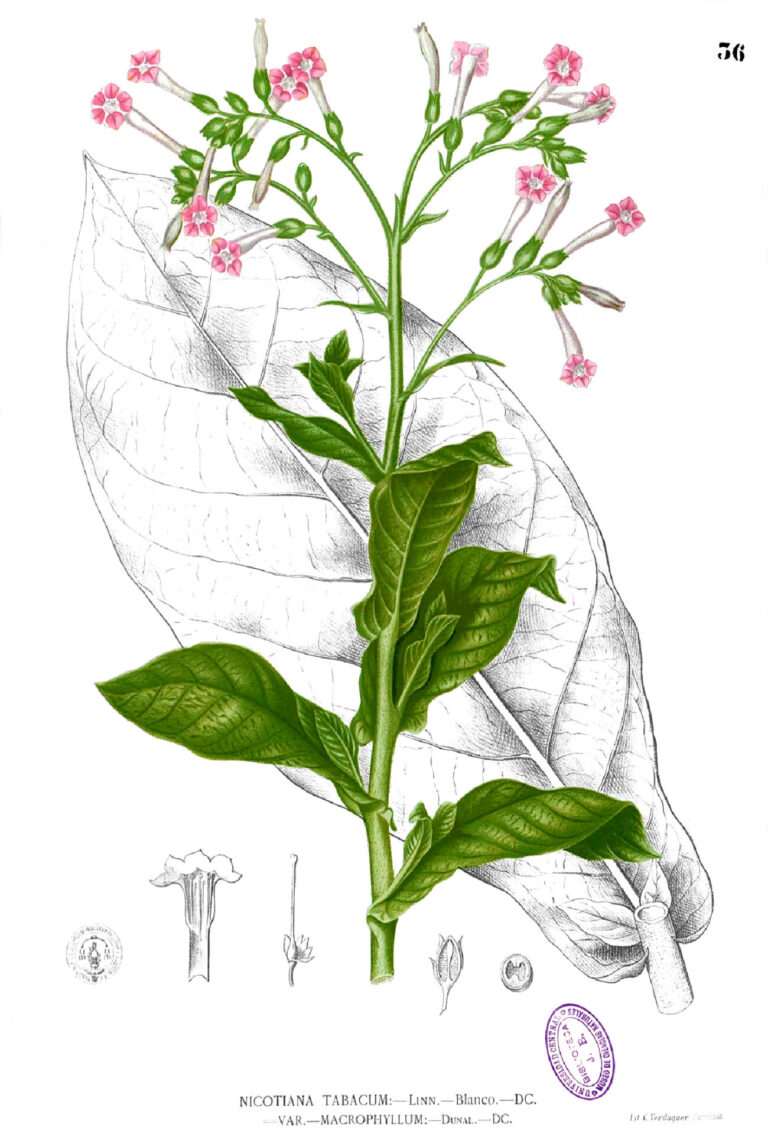
Nicotiana Tabacum Tobacco is a member of the Solanaceae or nightshade family. This family includes tomato,pepper, eggplant, Irish potato, and a number of other plants. The Nicotiana rustica specieswas commonly used by American Indians and may still be used for ceremonial purposes in some areas.This growing instruction is mainly about the use as an ornamental plant or for producing rolling tobacco.
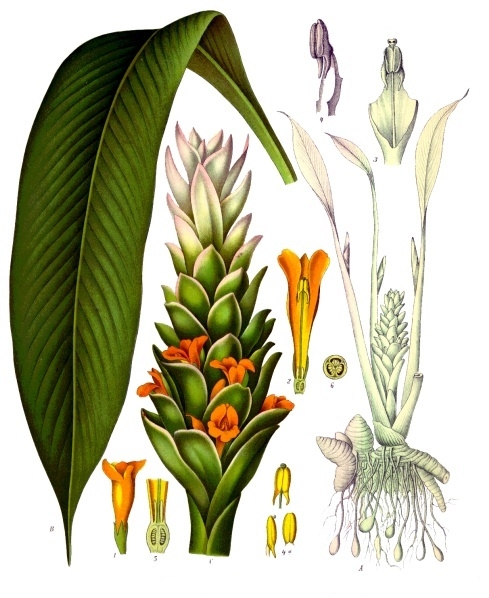
This herbaceous perennial is a member of the Zingiberaceae family (ginger) and is alsoconsidered a spice. The bloom is from July to August and range with burgundy, green, pink, white,yellow, or bicoloring. This showy part is actually a bract, not the true flower, which means an additionaluse as an ornamental. The canna-like leaves make it an attractive foliage plant even when flowers areabsent. The plant grows 3 to 4 feet tall and wide. Tumeric’s rhizomes have been used in food preparationand in traditional medicine. Other names are common turmeric and turmeric root.
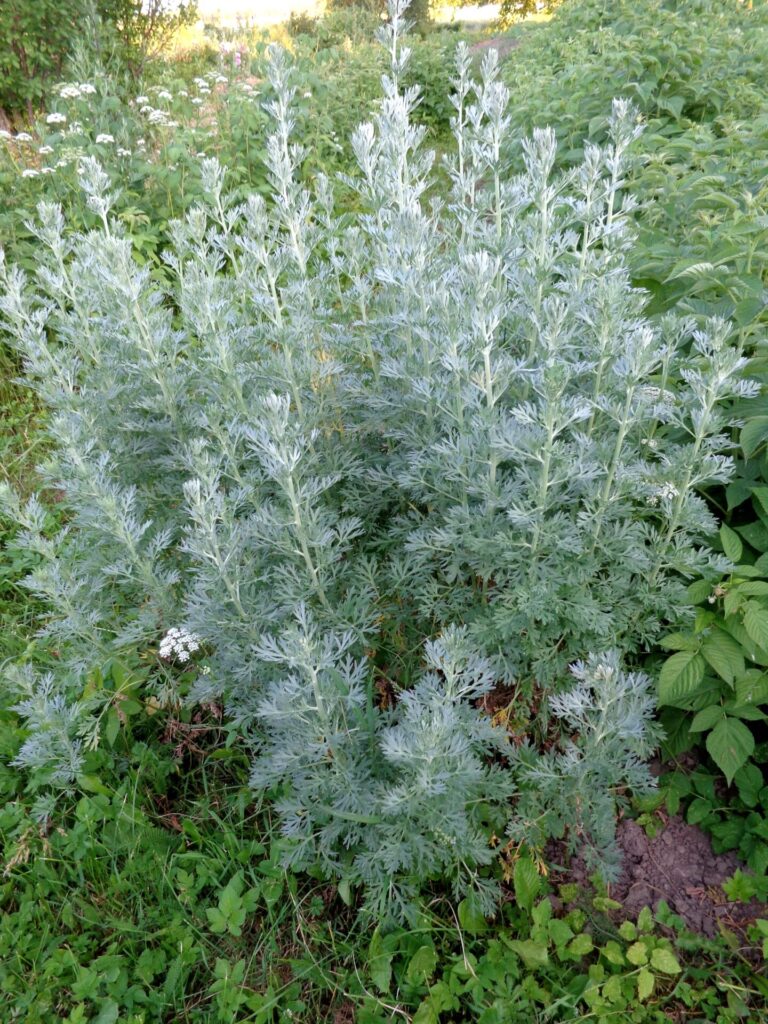
This herbaceous perennial evergreen is of the genus Artemisia in the family Asteraceae.It can grow to reach heights between 1- 3ft. and it can live up to 10 years if provided with the propergrowing environment. In the wild, wormwood can be found growing plentifully near cliffs, roads, andriverbanks. The flowering beauty blooms during the summer and autumn months, and wormwood ispollinated by the wind. This unique plant is actually known as much for its one-of-a-kind foliage as it isfor its flowers. Wormwood plants produce three different types of leaves on the bottom, middle and topof the plant. The leaves
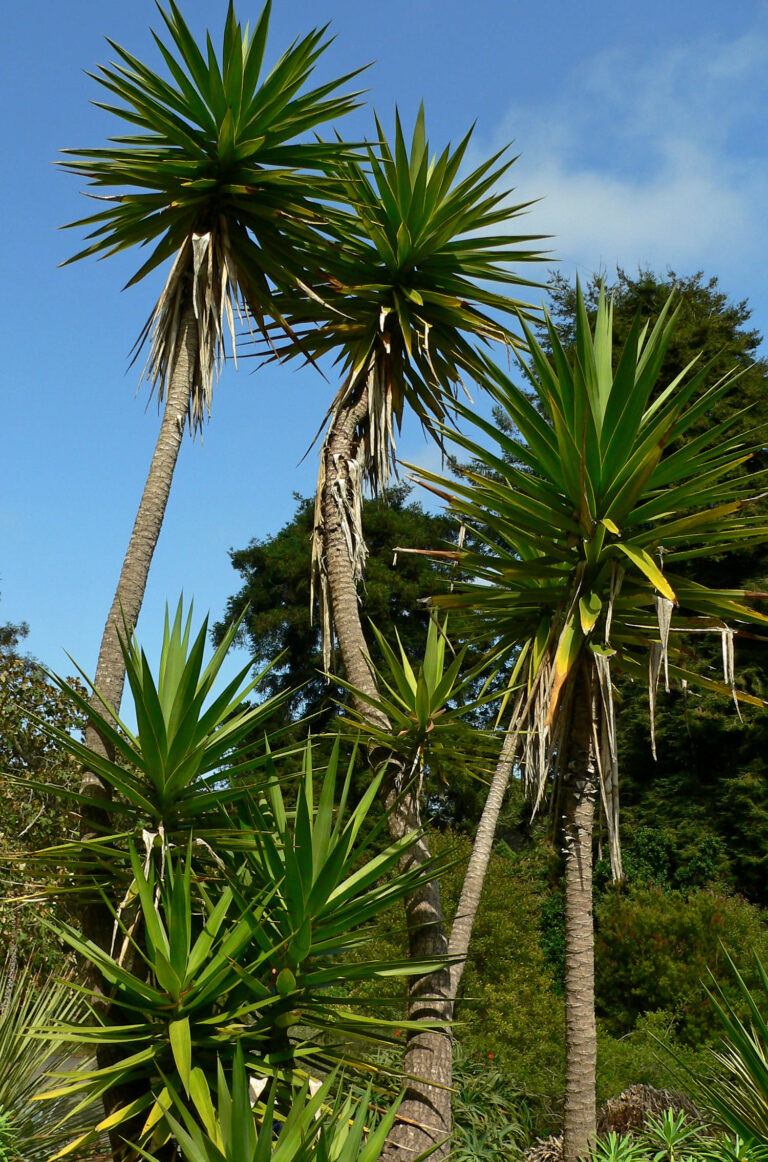
The yucca plant is a tough perennial succulent that can grow as a shrub or a tree, depending on the species. While the many species of yucca vary in size and color, they are all able to thrive in hot, dry climates and can be cared for in the same way. The plants often are started from cuttings, although growing yucca from seeds is possible. The easiest propagation method involves division of an already mature plant. Once started, yucca plants can be grown in pots or planted in the ground outdoors, either directly in your garden or in a


Sweetgrass is a perennial plant native to the Northern Hemisphere that grows up to 2 feet (0.61 m) tall and produces small flowers in the summer. You can also burn sweetgrass as incense or weave it into baskets.

A perennial herb, with a growing season from late spring to early fall.Called Artemisia dracunculus, it’s part of the Asteraceae family ( whichincludes lettuce,sunflowers, and artichokes). Tarragon has an anise-licorice flavor that is indispensable to manyFrench and English recipes. It can grow to a height of about 2 – l/2 feet. The plant produces a droopinghead at the end of the stem which contains up to 40 yellow-green florets. French leaves are smoother,glossier, darker and more pungent and aromatic than those of the Russian plants. It requires delicatecare throughout the planting and growing process. Another name is called Estragon


Nicotiana Tabacum Tobacco is a member of the Solanaceae or nightshade family. This family includes tomato,pepper, eggplant, Irish potato, and a number of other plants. The Nicotiana rustica specieswas commonly used by American Indians and may still be used for ceremonial purposes in some areas.This growing instruction is mainly about the use as an ornamental plant or for producing rolling tobacco.

This herbaceous perennial is a member of the Zingiberaceae family (ginger) and is alsoconsidered a spice. The bloom is from July to August and range with burgundy, green, pink, white,yellow, or bicoloring. This showy part is actually a bract, not the true flower, which means an additionaluse as an ornamental. The canna-like leaves make it an attractive foliage plant even when flowers areabsent. The plant grows 3 to 4 feet tall and wide. Tumeric’s rhizomes have been used in food preparationand in traditional medicine. Other names are common turmeric and turmeric root.

This herbaceous perennial evergreen is of the genus Artemisia in the family Asteraceae.It can grow to reach heights between 1- 3ft. and it can live up to 10 years if provided with the propergrowing environment. In the wild, wormwood can be found growing plentifully near cliffs, roads, andriverbanks. The flowering beauty blooms during the summer and autumn months, and wormwood ispollinated by the wind. This unique plant is actually known as much for its one-of-a-kind foliage as it isfor its flowers. Wormwood plants produce three different types of leaves on the bottom, middle and topof the plant. The leaves

The yucca plant is a tough perennial succulent that can grow as a shrub or a tree, depending on the species. While the many species of yucca vary in size and color, they are all able to thrive in hot, dry climates and can be cared for in the same way. The plants often are started from cuttings, although growing yucca from seeds is possible. The easiest propagation method involves division of an already mature plant. Once started, yucca plants can be grown in pots or planted in the ground outdoors, either directly in your garden or in a

Here is a slide show of some of our projects. https://organicliving.thenewblueprintforhumanity.org/wp-content/uploads/2025/09/TPC-Gardening-Slide-Show.mp4
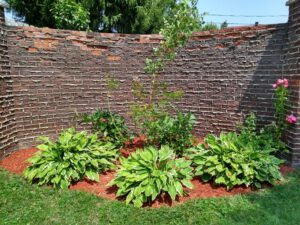
A lesson I have learned and have begun to experience is this; ‘When you take action, any action, the world will begin to move for you’.

Here is our report on the TPC Gardening and Non GMO Foods Communal Gathering Zoom call with the Bowler Hat Farmer, August 31, 2025 We […]
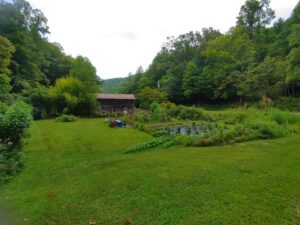
The TPC Gardening and Non GMO Food Communal Gathering Zoom Call Every Sunday at 9.00 am Mountain Time the Gardening and Non GMO Food Communal […]

One of the Vital solutions of Korean Natural Farming is the introduction of Indigenous Micro Organisms (IMO) into the soil to promote health and vitality. […]
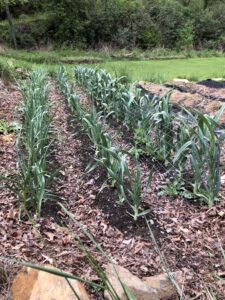
The Dedicated garlic Bed, year 2. Elephant Garlic grown from cloves, last year, Produced a single large bulb if garlic, as a Onion. No cloves. […]
